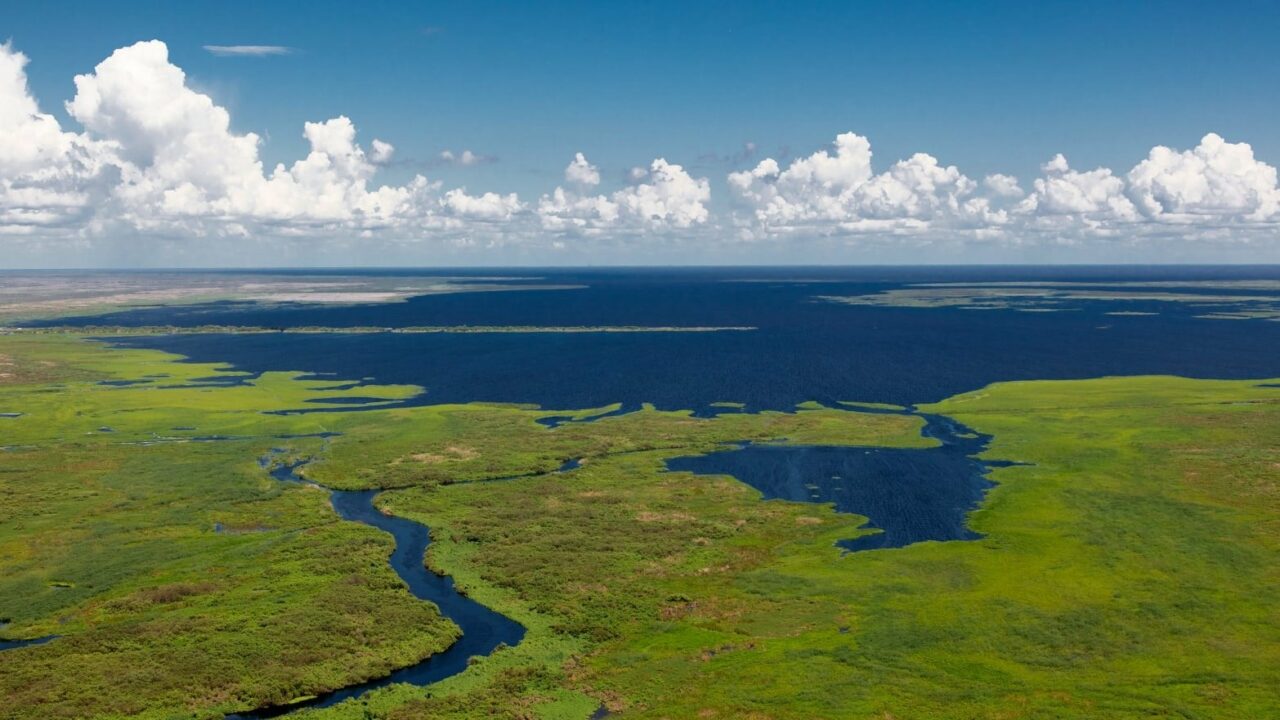
A plan that would boost water storage projects north of Lake Okeechobee, a key priority of Senate President Wilton Simpson, has been introduced in the Florida Senate.
Senate Bill 94, sponsored by Senator Jason Brodeur, would require the South Florida Water Management District to request the U.S. Army Corps of Engineers to seek congressional approval by a certain date and expedite the construction of aquifer storage and recovery wells along with the implementation of a science plan to accompany the project.
The project was originally developed as part of the Comprehensive Everglades Restoration Plan (CERP) approved bipartisanly by Congress and with the support of environmental groups in 2000.
Aquifer storage recovery wells, which are used throughout the state of Florida, would play a critical role in storing the water instead of allowing it to flow unfiltered into Lake Okeechobee.
The project, according to Simpson, would address high water volumes at its source and help to reduce discharges from Lake Okeechobee.
“The 494,000 acre-feet of northern storage the LOWRP [northern storage project] provides will be used to keep lake levels from rising too high in the wet season and make water available for release in the dry season,” according to Simpson. “This creates the operational flexibility necessary to help maintain lake levels that are ideal for the lake’s ecology and helps ensure adequate water supply for users around the lake.”
Many advocates for the project have pointed out that a majority of the water flowing into Lake Okeechobee originates in the system north of the lake.
A 2015 University of Florida Water Institute study commissioned by then-Senator Joe Negron concluded storage north of Lake Okeechobee is viable option to reducing the high volume discharges that have plagued coastal communities such as Fort Myers and Stuart in recent years.
Previously, the project has received funding from the Legislature and Gov. DeSantis. Over the past two years, $100 million has been committed to the project.
Earlier this week, Simpson’s priority received a nod from the Everglades Foundation, an organization that has previously remained focus on storage projects south of Lake Okeechobee.
“The foundation looks forward to working with President Simpson, the Army Corps of Engineers, the South Florida Water Management District, and stakeholders to finish the jobs underway and look to advance projects north of the lake as well to provide important benefits to America’s Everglades even as we focus on building the southern reservoir with immediacy,” Everglades Foundation Executive Director Eric Eikenberg said in a statement.
Previously, the project has also received support from conservation groups such as The Nature Conservancy.
“From the Nature Conservancy’s prospective, the fact we have a National Academy of Science Study that took years and years of data that involved input from the state, from the federal governing, where they found that ASR is feasible against subject to some conditions and additional study, is important to the Nature Conservancy to suggest and encourage you to move forward and spend the money expeditiously on ASR,” said Beth Lewis of the Nature Conservancy of Florida in a previous statement.
Simpson has made addressing Lake Okeechobee discharges a key part of his legislative agenda. In recent years, Congress has authorized the construction of the EAA Reservoir and the state has fully funded the construction of the reservoir’s storm water treatment area. With the EAA Reservoir project on track, legislators have also begun advancing the Lake Okeechobee Watershed Restoration Project.
“This creates the operational flexibility necessary to help maintain lake levels that are ideal for the lake’s ecology and helps ensure adequate water supply for users around the lake,” he said.
Earlier this month, Simpson expressed support for storage north and south of Lake Okeechobee in a letter to U.S. Army Corps Engineers’ Jacksonville District Commander Col. Andrew Kelly.
“With the EAA Reservoir STA fully funded, we are ready to dedicate the resources needed to expedite the implementation of the LOWRP.” Simpson indicated it is “absolutely critical that the Corps facilitate congressional approval of the LOWRP as quickly as possible.”
Simpson’s letter highlighted his belief that the LOWRP is the most important element for the restoration of northern Everglades as approximately 95 percent of the water flowing into the Everglades originates in the Lake Okeechobee watershed.




One comment
John Pope
February 26, 2021 at 10:29 am
I cannot agree with the underground storage concept. By failing to deal with the pollution and water flow at ground level how is moving polluted water underground a sound solution? Polluted underground water will be there forever.
Comments are closed.